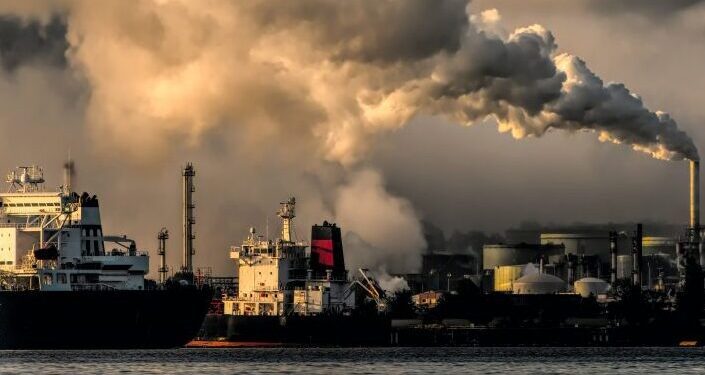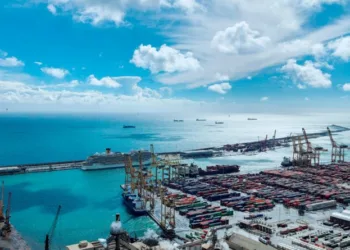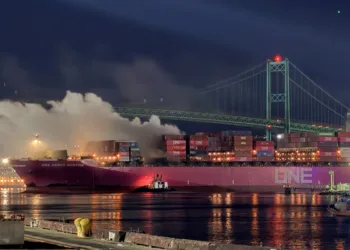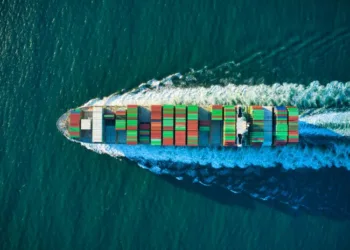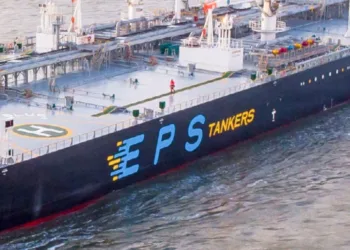The International Maritime Organization’s (IMO) 2030 targets for zero or near-zero fuels can be achieved with sustainable biofuels. However, as various sectors vie for these fuels, the shipping industry is shifting focus to alternative green and blue fuels. Presently, only 1% of bulk, container, and tanker ships are equipped for these fuels, and fuel availability remains limited,” states Niels Rasmussen.
The IMO aims for near-zero greenhouse gas emission fuels to constitute at least 5% of shipping energy by 2030, with an aspiration to reach 10%.
The 1% of ships currently ready for alternative fuels represent 2% of the fleet’s deadweight capacity. Another 1% of ships and 4% of deadweight capacity are prepared for easy retrofitting with alternative fuels.
“However, 29% of ships and 42% of deadweight capacity in the order book are expected to be delivered ready or prepared for alternative fuels. Even without recycling any existing ships, 4% of the fleet’s deadweight capacity will be ready for alternative fuels once the entire order book is delivered in 2028. Another 4% will be prepared for retrofit,” notes Rasmussen.

As 1-2% of the fleet’s deadweight capacity is recycled annually, the share prepared or ready for alternative fuels will increase by the 2030 deadline. Older ships using bunker fuel will be recycled, and more ships prepared for alternative fuels can be ordered, delivered, or retrofitted before 2030.
With 5% of ships and 55% of ships in the order book prepared or ready for alternative fuels, the container sector is anticipated to achieve the highest share of alternative fuel use. Upon delivery of the order book, at least 23% of the container fleet’s deadweight capacity will be ready or prepared for alternative fuels. The tanker fleet will reach at least 7%, while the bulker fleet will reach at least 4%.
“LNG has been the most popular alternative fuel for shipping so far; however, methanol and ammonia have been gaining popularity. The question of whether sufficient green and blue fuels will be available for shipping in 2030 has persisted. Still, with COP-28’s call for a tripling of renewable energy capacity by 2030, it now seems more likely that enough green and blue fuels can be produced for shipping to meet the 2030 targets—even without biofuels,” says Rasmussen



